World War One heroes railway carriage arrives in Harwich
- Published
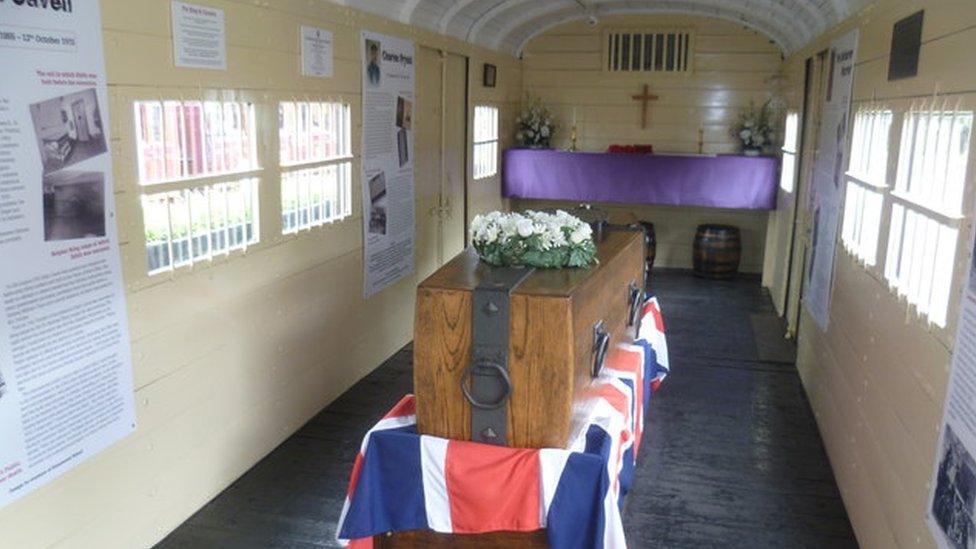
The carriage - with a replica of the Unknown Warrior's coffin - will be on display in Harwich from 6 July
A restored railway carriage used in the repatriation of three World War One heroes is taking centre stage during a centenary commemoration.
The Cavell Van carried the bodies of Norfolk nurse Edith Cavell and merchant seaman Capt Charles Fryatt from Dover to London after the war in 1919.
It also conveyed the remains of the Unknown Warrior - now interred in Westminster Abbey - in 1920.
It will feature in events marking Capt Fryatt's legacy in Harwich, Essex.

Capt Fryatt was executed after he tried to ram a German U-boat
Edith Cavell was executed by the Germans in 1915 for aiding the passage of about 200 British and Allied soldiers from Belgium to The Netherlands.
Capt Fryatt - a master mariner and captain of the Great Eastern Railway Company's steamer SS Brussels - was captured and executed by the Germans in July 1916 for his attempt to ram a submarine with his non-military vessel.
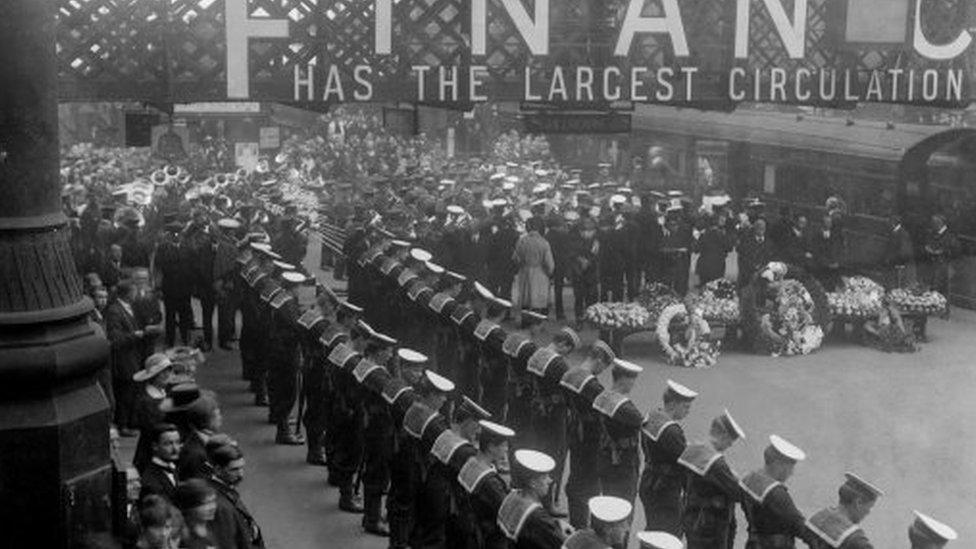
Hundreds turned out at Liverpool Street Station in London to see the coffin of Capt Fryatt in 1919 before it was taken to Dovercourt on a different carriage
The seaman went to school in Harwich and the town's community hospital is named after him. He is buried in the churchyard of All Saint's in Dovercourt.
Centenary commemorations running until 14 July - including exhibitions and theatre performances - will offer a flavour of life in Harwich 100 years ago and celebrate the captain's legacy.
Deborah Lear, of the Harwich Mayflower Heritage Centre, said he was "an ordinary man, one of us".
"He became a symbol in World War One, this ordinary seaman carrying out orders. People here were outraged at his death," she said.
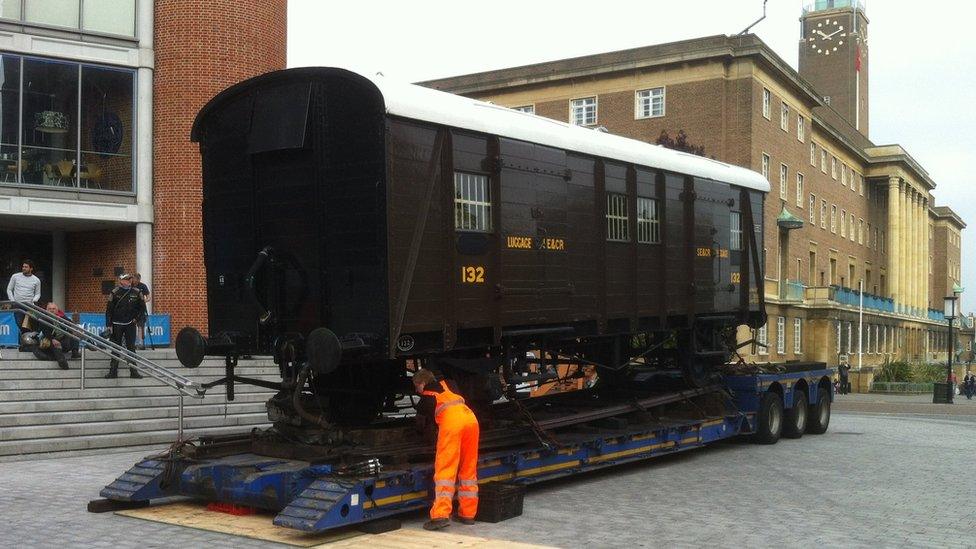
The Cavell Van went on display in Norwich city centre in 2015 when visitors could sit inside for "quiet reflection"
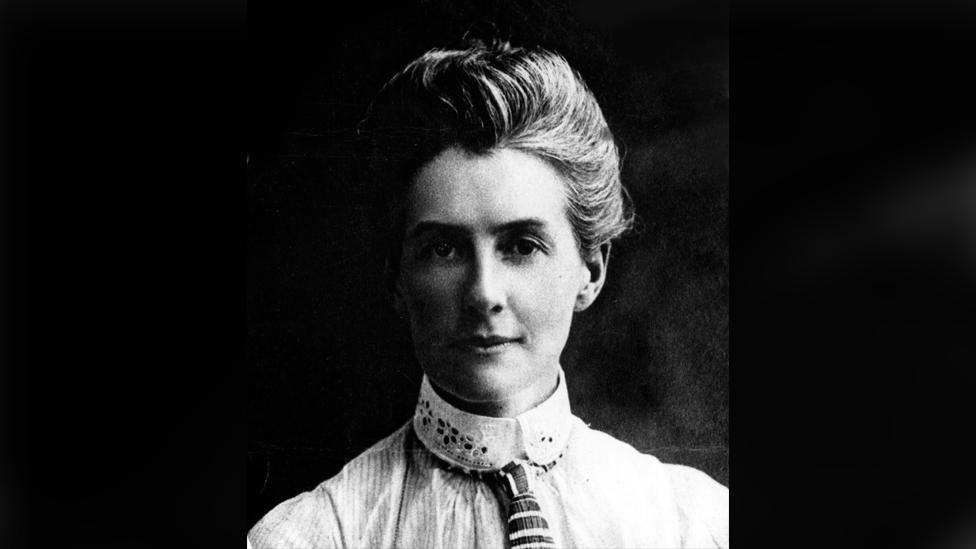
Nurse Edith Cavell, circa 1890
Kerri Worrall, of Greater Anglia, said visitors will be able to "immerse themselves" in an event focused on the town's railway.
"Capt Fryatt is so important to Harwich, the fact that he was brought home as a hero on a train is really fitting."
The Cavell Van will be on display at the Heritage Centre.
The van attracted more than 10,000 visitors when it went on show in Norwich in 2015.


The Cavell Van was built in 1919 and fully restored in 2010
The Cavell Van: Poignant homecomings
The South Eastern and Chatham Railway passenger luggage van No 132 was used to bring the remains of three of World War One's most notable figures from Dover to London
The first journey was made in May 1919 with the body of Edith Cavell
Thereafter, the carriage became known to railwaymen as the Cavell Van
Two months later it carried the remains of merchant seaman Capt Charles Fryatt
In November 1920, the carriage conveyed the remains the Unknown Warrior, an unidentified British soldier who is buried in Westminster Abbey, external as a representative of the dead of World War One
The carriage was restored in 2010 and is usually displayed by the Kent & East Sussex Railway

- Published11 November 2018

- Published16 July 2016
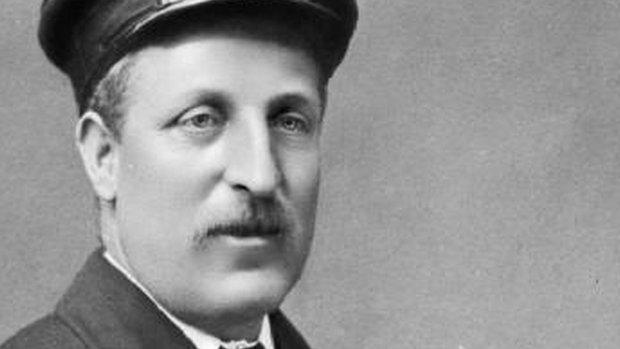
- Published4 October 2015
